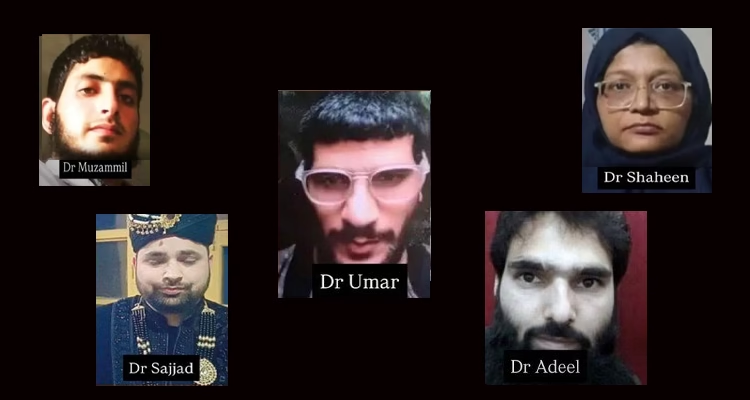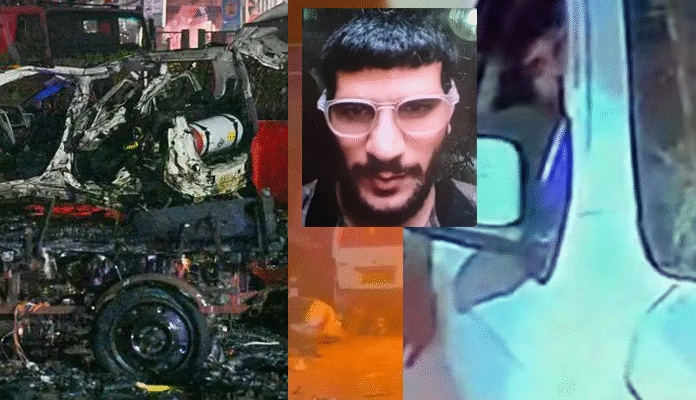New Delhi: The investigation into the November 10 Red Fort car blast — which killed 13 people and left several injured — has revealed a covert digital communication system more commonly linked to intelligence operatives than homegrown terror modules.
According to Delhi Police sources, the accused relied on a “dead-drop” email technique, a stealth method that allowed them to exchange instructions without ever sending a single message.
How the Secret Email Network Operated
Instead of normal email exchanges, the group allegedly shared access to one email account. Messages were typed as drafts, which others logged in to read, edit or delete — ensuring nothing was transmitted across servers.
This left no traditional metadata, making the communication nearly invisible to surveillance systems. Investigators say the suspects paired this with encrypted platforms like Threema and Telegram, creating a multilayered digital shield designed to defeat monitoring.
Officials believe the sophistication of this setup points to the influence of a Jaish-e-Mohammad-inspired cell operating across Delhi, Faridabad and pockets of Uttar Pradesh.
Doctors at the Centre of the Alleged Module
The key suspects — Dr Muzammil Shakeel, Dr Umar Nabi, and Dr Shaheed Saeed — reportedly held frequent secret meetings inside Muzammil’s room at Al-Falah University. Investigators suspect these meetings were used to finalise plans for multiple attacks in the Capital.
Police now believe the Red Fort explosion may have been triggered prematurely after Muzammil and Saeed were arrested in the days leading up to November 10.
Crucially, CCTV footage and vehicle records confirm that Dr Umar Nabi was driving the Hyundai i20 that exploded near the monument. After the arrests of his associates, he allegedly went underground — a move suspected to have been coordinated through the same covert channels.
3,000 kg Explosives and Weapons Recovered
The scale of the alleged conspiracy became clearer after earlier raids by Jammu & Kashmir Police, which reportedly yielded:
-
Nearly 3,000 kg of explosive material
-
Bomb-making components and triggering devices
-
Multiple digital devices
-
A rifle and ammunition recovered from Saeed’s vehicle
Investigators say the cache suggests planning that went far beyond a single blast.
Network-Mapping Underway
Security agencies are now tracing:
-
Possible external handlers
-
The role of additional students or associates
-
How the “dead-drop” system integrated with encrypted apps
-
Whether the module received support beyond the NCR belt
A key focus is the period between Muzammil’s arrest on October 30 and the November 10 blast — believed to hold crucial clues to last-minute efforts to salvage the plot.
A Digital Trail That Barely Exists
As investigators examine seized devices and reconstruct the suspects’ communication patterns, the “dead-drop” method has emerged as one of the most revealing — and troubling — signs of the group’s operational capability.
Its near-invisibility has complicated efforts to fully map the network behind the Red Fort explosion, even as agencies piece together the module’s movements and motives.




